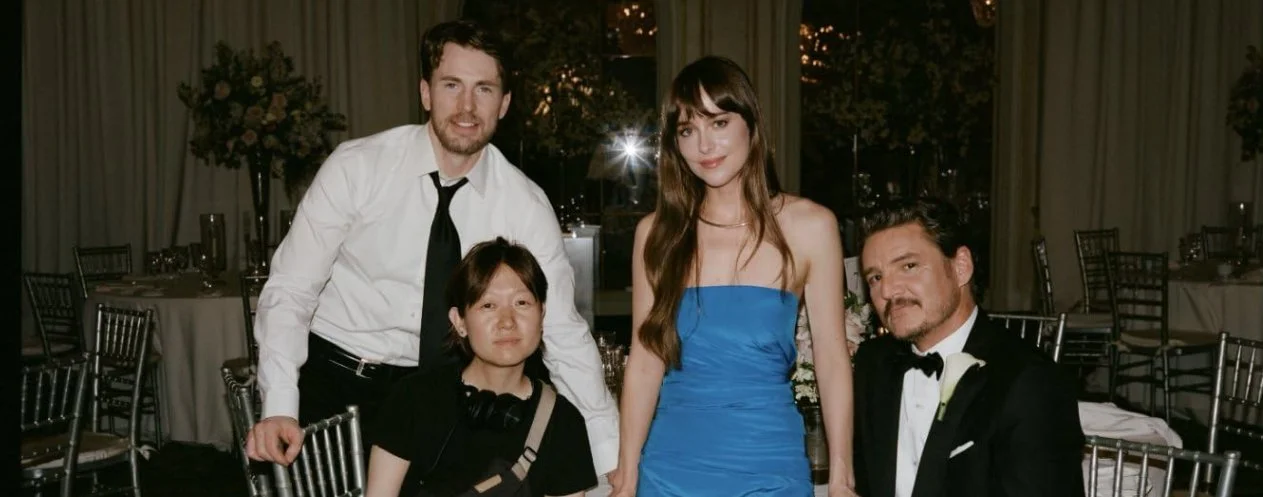Over the years, I’ve reassessed several of Wes Anderson’s films, including “Moonrise Kingdom” and “Asteroid City.” When I first saw “Asteroid City” at Cannes, my reaction was, at best, lukewarm. It felt like another overly stylized exercise, a film more interested in its own appearance than in the people moving through its frames. But on a second viewing, something changed. It clicked.
And that, I think, speaks to something essential about Anderson’s work. His films are constructed with such meticulous detail—every frame packed with precision, every line of dialogue placed just so—that a single viewing often isn’t enough. The first time, you’re absorbing the surface. The second time, you begin to see what lies beneath.
In a recent interview with THR, Anderson acknowledged that his visual style tends to dominate the conversation around his films. He understands that his aesthetic is instantly recognizable, and he’s at peace with that. But he also wants viewers to recognize that each of his films tells a distinct story, with its own emotional core, characters, and thematic intentions. They are not merely variations on a stylistic theme.
He also admits that his films can be dense—overwhelming, even—and that they benefit from a second look. Once the viewer knows the rhythm, the structure, the world they’re being invited into, the storytelling opens up. The clarity, the emotional precision, the humor and sadness—they emerge.
I would say, if you can see it twice, it’s always better. (Laughs.) I feel like my movies can be kind of dense, but I make a movie that’s, usually, not that long. I try to make a movie that’s efficient. My whole way of making movies is about clarity and about communicating quickly, and that’s what makes my movies like each other, in a way. Sometimes I feel like the best way to appreciate one of my movies is to have already seen it and to know what it’s going to be. “What is this?” Now, I know and now let me see it again. So, anyway, if you don’t like it the first time, just try to see it again.
Rewatching “Asteroid City,” I found something I hadn’t seen before. What had first struck me as cold or overly mannered now felt alive with intent. It’s a film obsessed with the big questions—science and faith, life and death—and it explores them with a meticulousness that mirrors its subjects. What seemed artificial now felt deliberate; what once seemed distant, now intimate.
Anderson’s recent films may push his stylistic tendencies to the edge—sets that look like dioramas, performances that flirt with abstraction, a tempo that leaves no room for breath. But watch closely, and then watch again. There is method in the symmetry. There is soul beneath the style.






